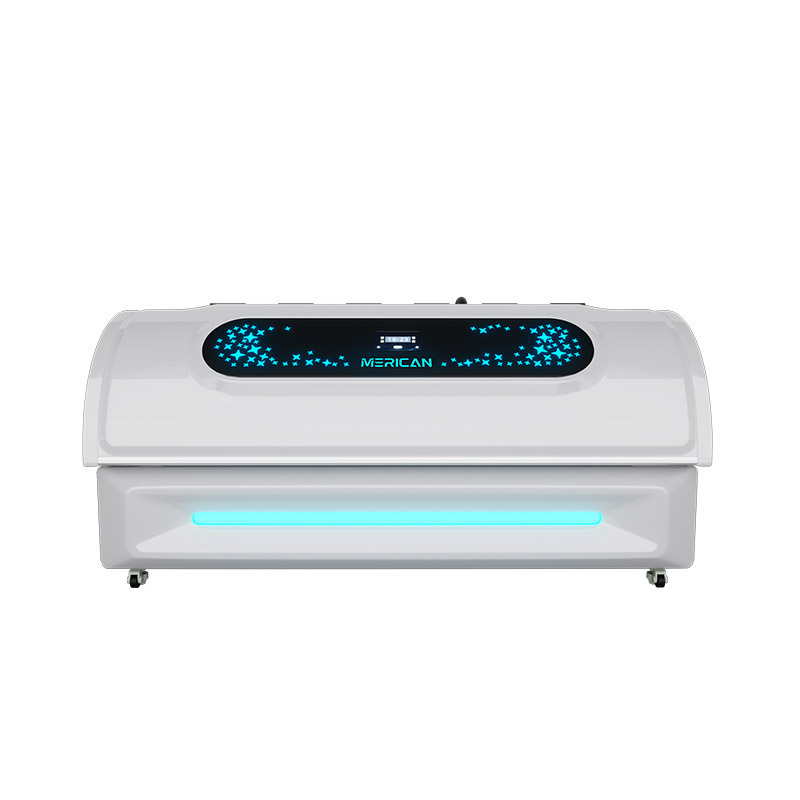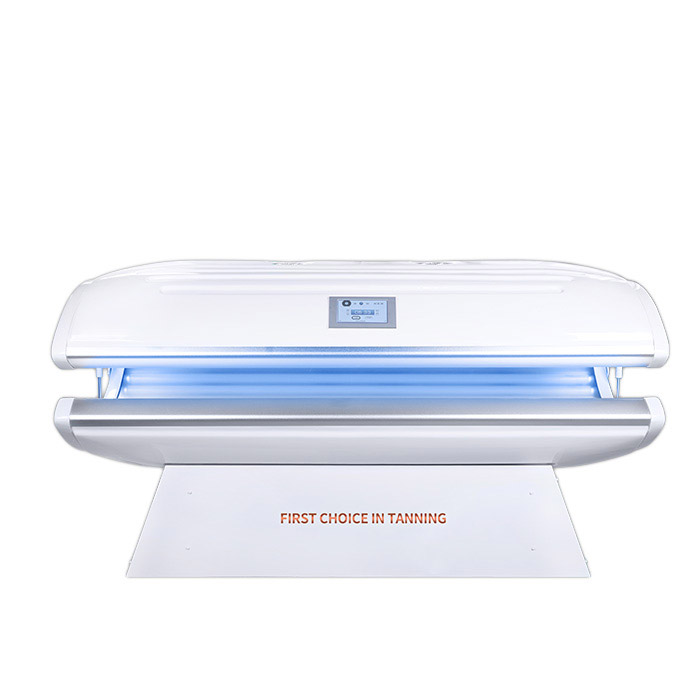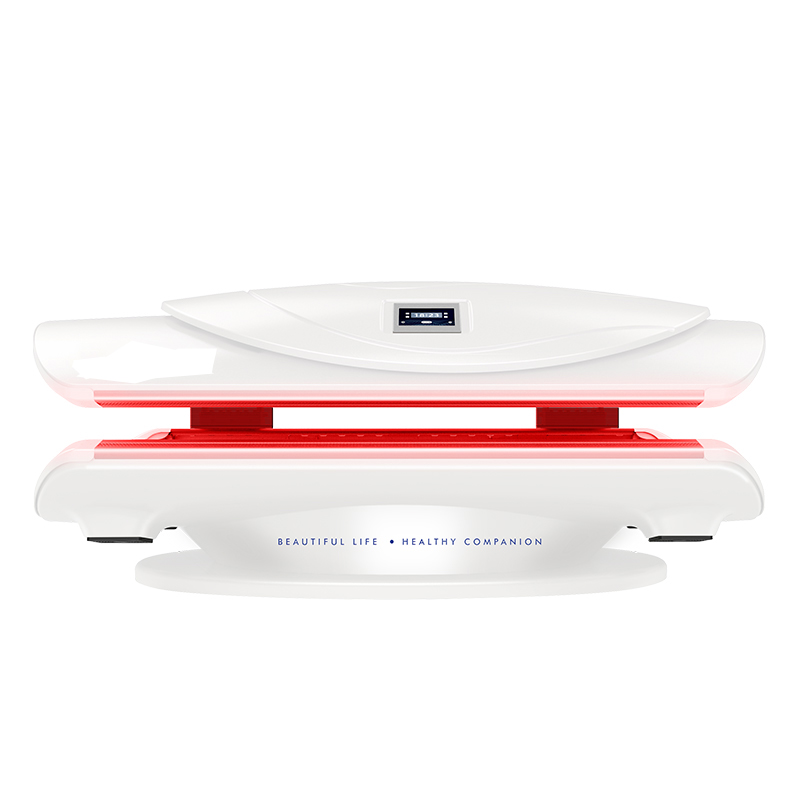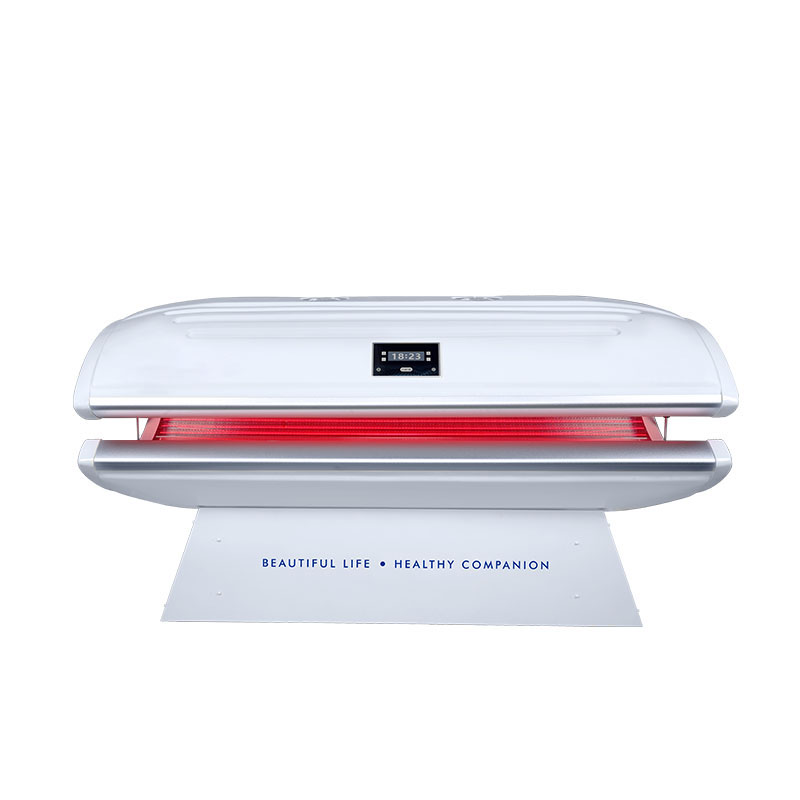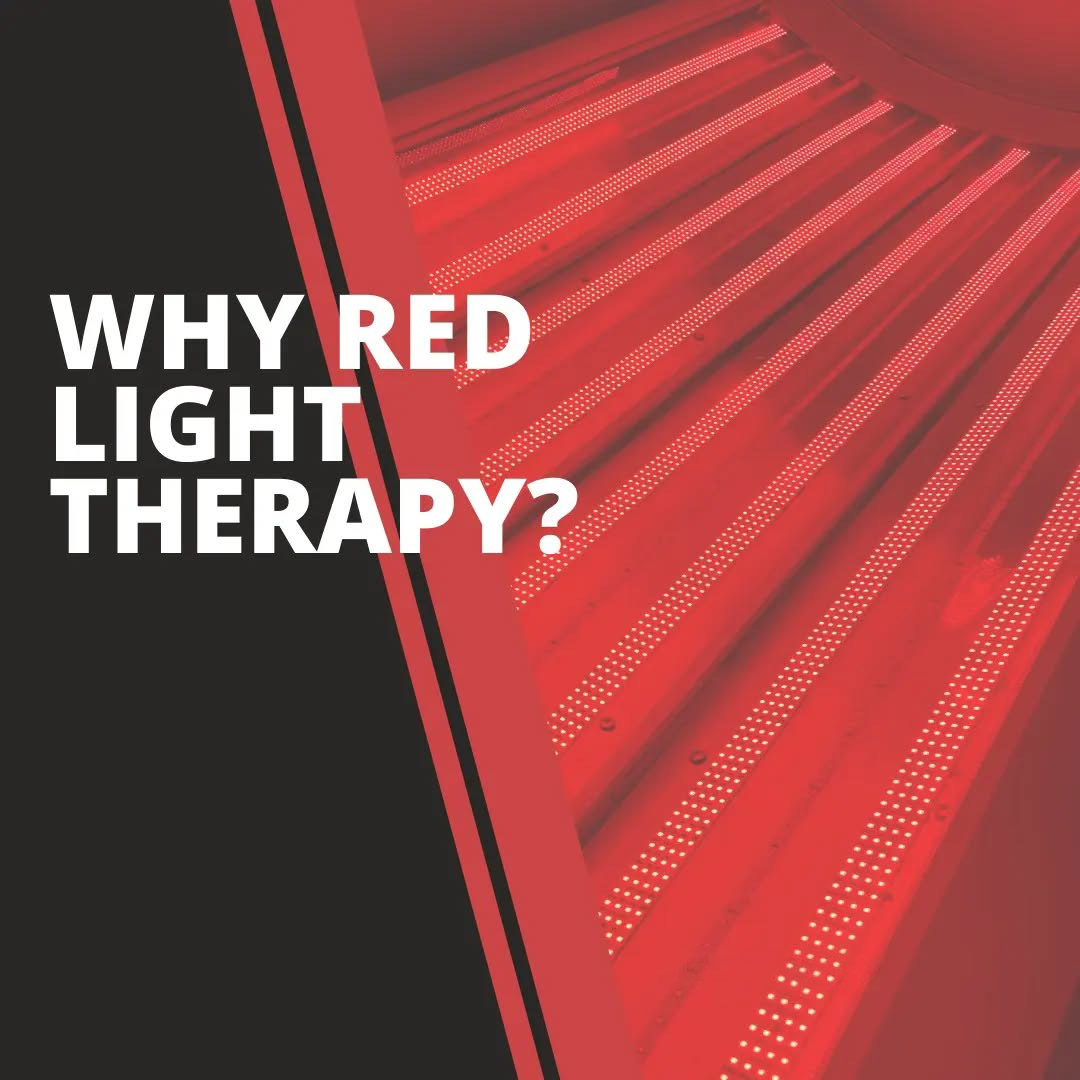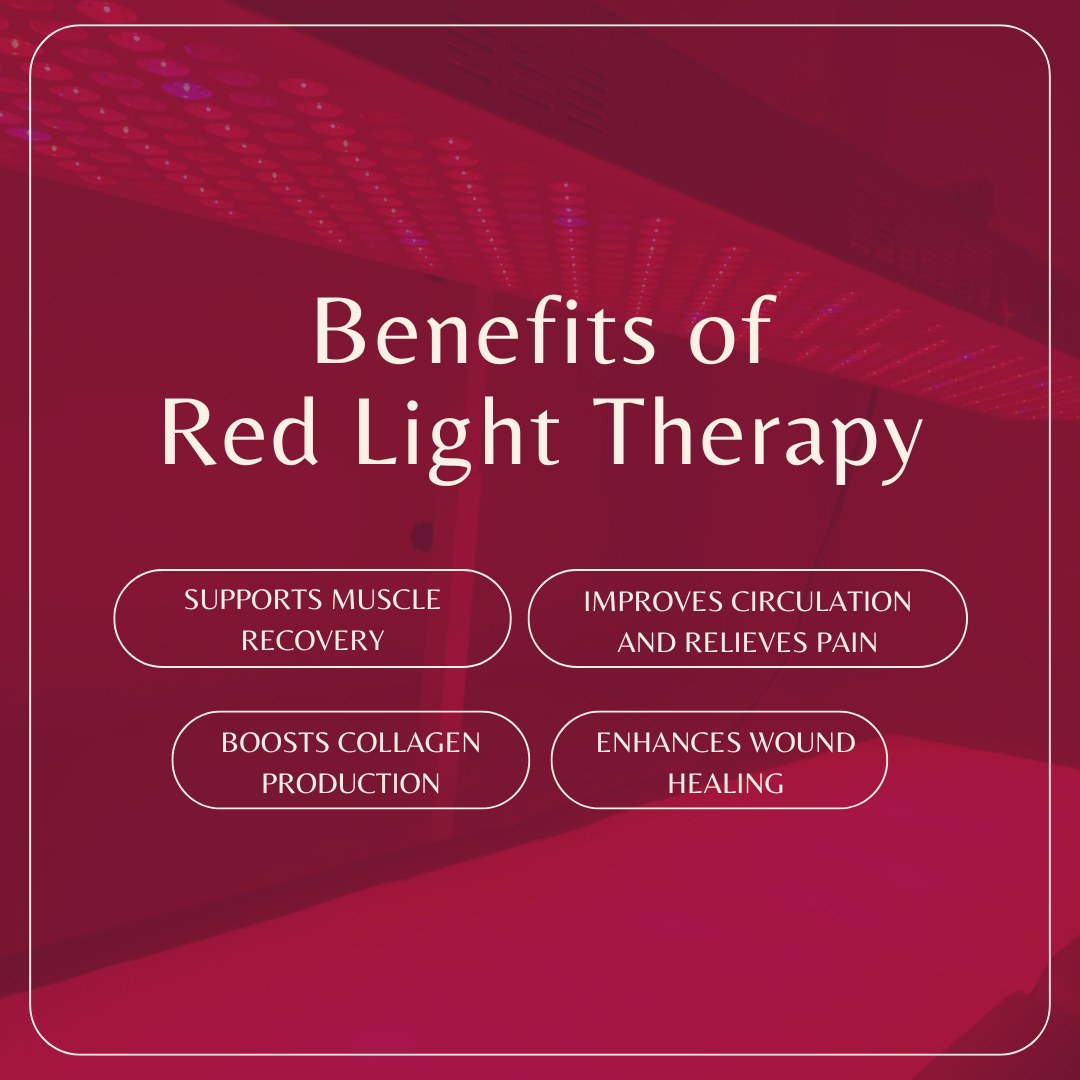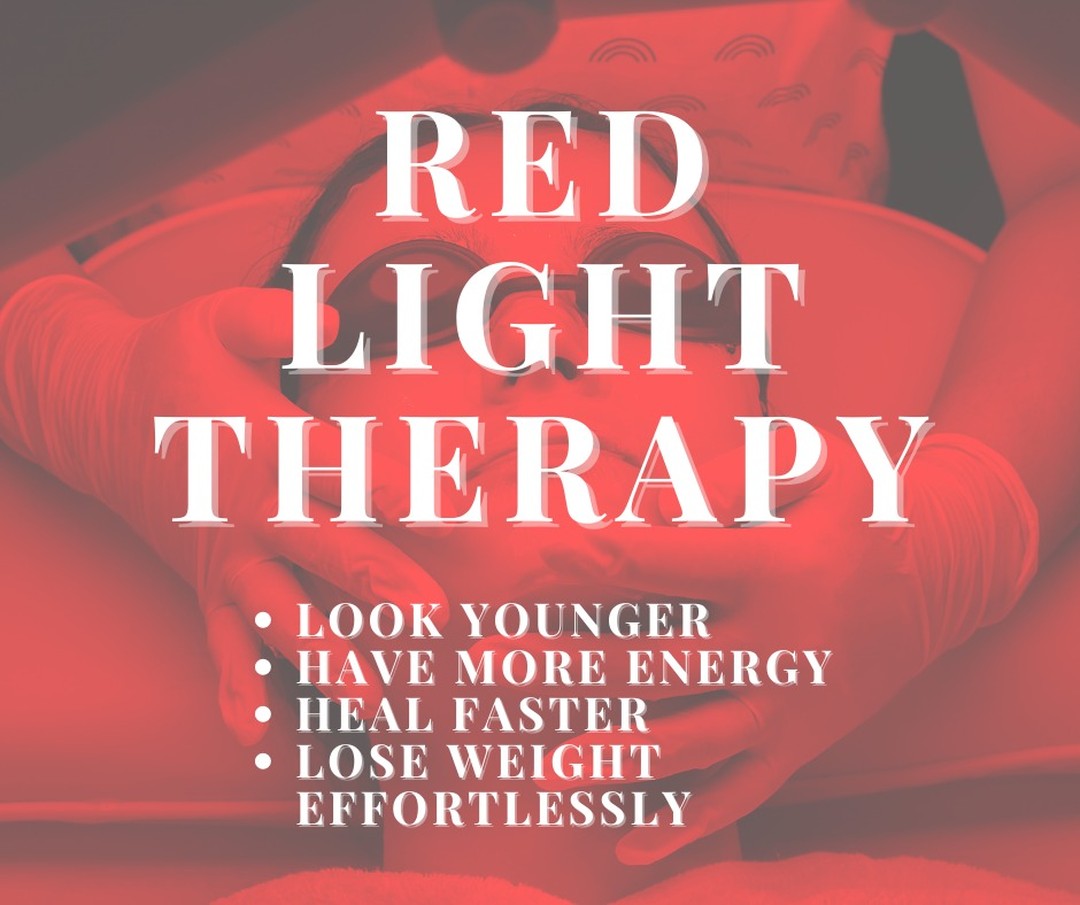Table of Contents
Red light therapy (RLT) has become a popular, non-invasive treatment that is generating considerable excitement in the fields of dermatology and wellness. Many people are drawn to RLT for its potential to smooth wrinkles, calm redness, alleviate acne, minimize scars, and combat other signs of aging. While many experts suggest that additional rigorous studies are required to fully validate its benefits, early research and anecdotal evidence hint at promising results. This article delves into the intricacies of red light therapy—from its origins and mechanisms to its optimal treatment frequency, safety profile, and practical applications. We will also explore comparisons with other light-based treatments, highlight emerging trends, and offer expert advice to help you determine if RLT is the right option for you.
Introduction: Understanding the Appeal of Red Light Therapy
In recent years, red light therapy has emerged as an attractive option for individuals looking to improve their skin appearance and manage a range of dermatological conditions. Unlike more invasive procedures, this therapy relies on specific wavelengths of light to stimulate natural cellular processes. Whether you’re aiming to reduce the appearance of fine lines and wrinkles or seeking a supplementary treatment for conditions like acne and psoriasis, understanding the recommended frequency of treatments is crucial for achieving optimal outcomes.
A frequent question that arises is: How often should red light therapy be administered? The answer is not straightforward, as it depends on various factors including the condition being treated, the intensity of the device, the area of the skin, and individual skin responses. This article will explore these factors in depth, providing a detailed overview of current recommendations and emerging trends.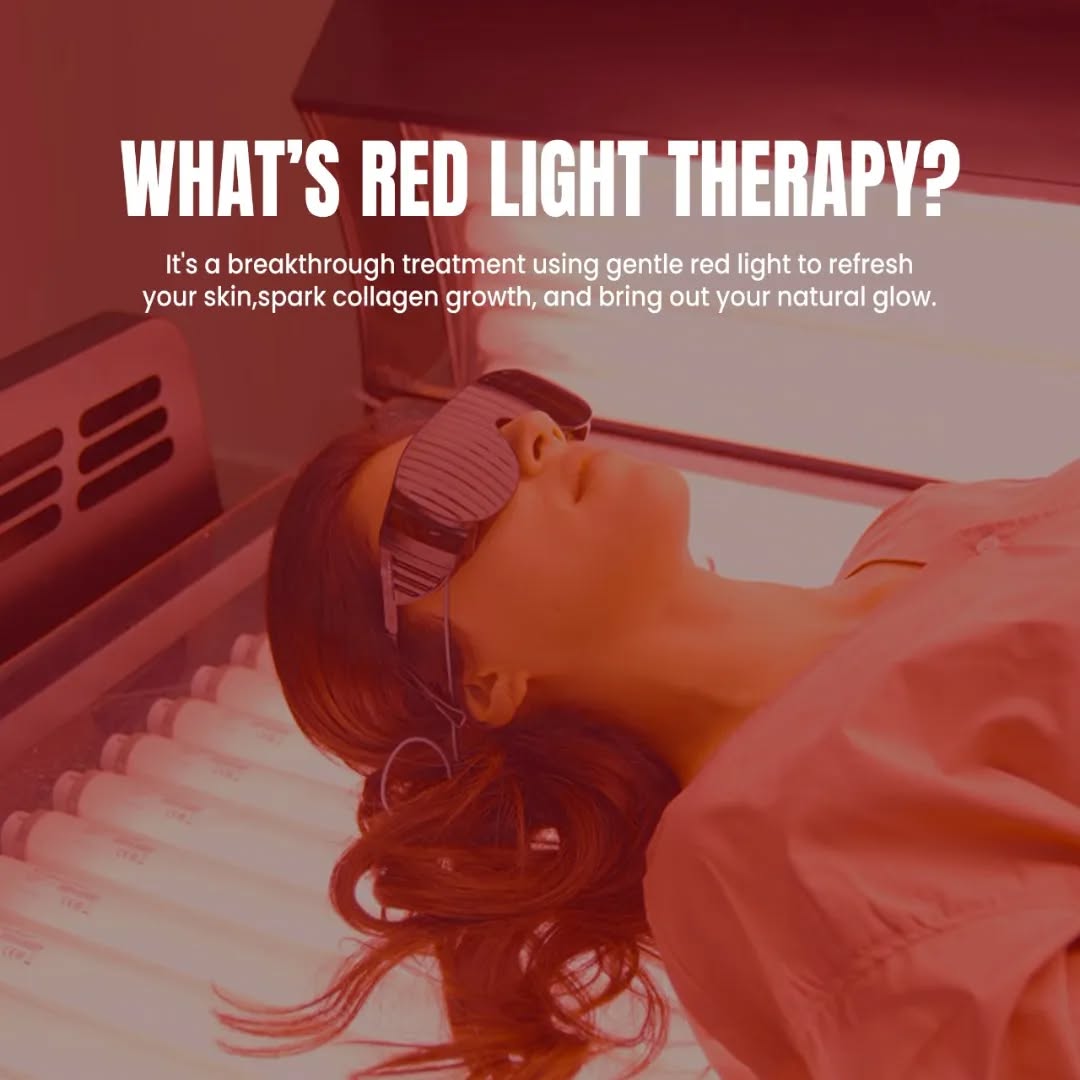
What is Red Light Therapy?
Red light therapy utilizes low-level wavelengths of red light to stimulate cellular activity in the skin. The technique is known by many names, such as:
- Low-level laser light therapy
- Low-power laser therapy
- Non-thermal LED light treatment
- Soft laser therapy
- Cold laser therapy
- Biostimulation or photonic stimulation
- Photobiomodulation
- Phototherapy
The therapy works on the principle that exposure to red light can trigger a series of biological processes, leading to improvements in skin texture, tone, and overall health. This non-invasive approach is currently the focus of much research and discussion, with numerous small studies reporting encouraging findings. However, as the field is still evolving, larger and more robust clinical trials are needed to solidify its efficacy across different conditions.
A Historical Overview: How Red Light Therapy Evolved
The roots of red light therapy are quite fascinating and unexpected. Originally, NASA (the National Aeronautics and Space Administration) experimented with red light to improve plant growth in space environments. This research later expanded into exploring its potential to accelerate wound healing for astronauts who were exposed to harsh conditions beyond Earth. This early work laid the groundwork for further investigations into the broader therapeutic applications of red light.
From Space Exploration to Medical Use
NASA’s initial forays into red light therapy were aimed at optimizing living conditions in space. When it was discovered that red light could also speed up the healing process, the therapy quickly captured the interest of the medical community. Today, red light therapy is an integral component of photodynamic therapy, where low-power red lasers are used to activate photosensitizing drugs. This process creates a chemical reaction that selectively destroys harmful cells, a technique that has been applied in the treatment of certain skin cancers, psoriasis, acne, and even warts.
The journey from plant growth in space to a multifaceted therapeutic tool underscores the innovative potential of red light therapy. Despite the promising results, the debate regarding its overall effectiveness continues, with more extensive research required to fully understand its scope.
The Science Behind Red Light Therapy
Cellular Mechanisms: Mitochondrial Activation
At the core of red light therapy’s benefits is its interaction with mitochondria—the energy-producing centers of cells. When exposed to specific wavelengths of red light, mitochondria ramp up the production of adenosine triphosphate (ATP), the chemical energy required for various cellular processes. With more ATP available, cells can function more efficiently, which may lead to enhanced tissue repair, increased cell regeneration, and a boost in skin rejuvenation.
Stimulating Collagen and Fibroblast Activity
Collagen is a fundamental protein that provides skin with its structure, resilience, and elasticity. Red light therapy is believed to stimulate fibroblasts—the cells responsible for collagen synthesis. By increasing collagen production, RLT can help reduce wrinkles and improve skin texture. In addition, collagen plays a critical role in wound healing and scar reduction, making red light therapy a promising option for post-injury care.
Improved Circulation and Reduced Inflammation
Another proposed benefit of red light therapy is its ability to enhance blood circulation. Better blood flow ensures that oxygen and vital nutrients reach the skin, which can promote faster healing and overall skin improvement. Additionally, the anti-inflammatory effects of red light therapy may help reduce the redness and swelling associated with various dermatological conditions such as acne, psoriasis, and eczema.
Photobiomodulation: A Cascade of Biochemical Reactions
Photobiomodulation is the term used to describe the process by which light energy is absorbed by cells, leading to a cascade of biochemical events. These events enhance cellular repair mechanisms and modulate inflammatory responses, contributing to the overall effectiveness of the therapy. Although the exact pathways are still under scientific review, it is clear that red light therapy exerts its effects at a cellular level, offering a non-invasive method to support skin health.
Determining the Right Frequency for Red Light Therapy
One of the most common questions surrounding red light therapy is: How often should it be performed? The optimal treatment frequency depends on several key factors:
1. The Specific Skin Condition
Different skin issues require different treatment schedules. For example:
- Acne: Some patients may see improvements with treatments administered two to three times per week.
- Wrinkles and Aging: More frequent sessions, such as three to five times weekly, might be necessary to stimulate collagen production and enhance skin texture.
- Wound Healing and Scar Reduction: The frequency could vary depending on the severity of the injury and the patient’s healing response.
2. The Device’s Power and Wavelength
Devices used in professional settings typically have higher power and more precise wavelength controls compared to at-home units. As such, treatment schedules in a clinical setting might differ from those recommended for home devices. Professionals often tailor the frequency based on the intensity of the device and the depth of penetration needed for the treatment area.
3. Skin Type and Individual Response
Every individual’s skin is unique. Factors such as skin sensitivity, age, and overall skin health play a significant role in determining how frequently red light therapy should be used. Those with sensitive skin might need to start with shorter sessions or fewer treatments per week to avoid potential irritation, gradually increasing as their skin acclimates.
4. Combination with Other Treatments
For some conditions, red light therapy may be used in conjunction with other treatments such as blue light therapy, chemical peels, or topical medications. The overall treatment plan, including the frequency of RLT, should be coordinated with other interventions to maximize benefits without causing overexposure.
Expert Recommendations
Many dermatologists suggest an initial treatment phase of about 4 to 6 weeks, with sessions ranging from 10 to 30 minutes per treatment area. After this period, the frequency may be reduced to maintenance sessions once or twice a week, depending on the individual’s progress and desired outcomes.
Red Light Therapy for Various Skin Conditions
Red light therapy is widely promoted for several skin concerns. Here, we review how RLT is being used for different conditions and what the typical treatment schedules might look like.
Wound Healing and Scar Reduction
Red light therapy’s ability to accelerate cellular repair can lead to faster wound healing and reduced scar formation. Studies suggest that daily or near-daily sessions for a few weeks may help diminish the appearance of scars, though the precise schedule often depends on the wound’s severity and location.
Anti-Aging Benefits: Wrinkles, Fine Lines, and Age Spots
A common use of red light therapy is to combat the signs of aging. By stimulating collagen production, it can help smooth out wrinkles, reduce fine lines, and even out skin tone. For anti-aging purposes, a treatment frequency of three to five sessions per week is frequently recommended in the early stages, followed by maintenance sessions.
Managing Inflammatory Skin Conditions
Conditions like acne, rosacea, psoriasis, and eczema can benefit from the anti-inflammatory properties of red light therapy. For inflammatory skin conditions, regular sessions several times per week may help reduce redness, swelling, and discomfort, although individual treatment plans can vary widely.
Enhancing Hair Growth
Red light therapy is also being explored as a potential treatment for androgenic alopecia (pattern hair loss). By stimulating blood flow to the scalp and enhancing cellular energy, RLT may help promote hair growth. Treatment frequency for hair growth is typically similar to that for skin rejuvenation, with several sessions per week followed by regular maintenance.
Evaluating the Effectiveness of Red Light Therapy
Current Research and Ongoing Studies
While there is growing enthusiasm about red light therapy, the current body of research is still in its early stages. Many studies involve small sample sizes or are limited to in vitro experiments. Randomized, placebo-controlled trials—which are considered the gold standard for determining treatment efficacy—are still relatively few. Consequently, while some studies have reported promising outcomes, definitive conclusions about RLT’s overall effectiveness remain elusive.
Limitations and Areas for Further Study
The limitations in current research include small participant groups, lack of control groups, and reliance on preliminary studies. These limitations make it difficult to draw broad conclusions about the therapy’s effectiveness across various conditions. Researchers agree that larger, more rigorous studies are necessary to fully understand the potential benefits and long-term effects of red light therapy.
Is Red Light Therapy Safe?
Short-Term Safety Profile
Generally, red light therapy is considered safe when used according to established guidelines. Because it does not involve harmful ultraviolet rays, it avoids the skin damage and cancer risks associated with prolonged sun exposure or tanning beds. For most individuals, short-term use has not been linked to significant adverse effects.
Potential Risks and Precautions
Despite its safety profile, there are precautions to keep in mind:
- Overexposure: Excessive use may lead to temporary skin irritation or eye strain, especially if the eyes are not adequately protected.
- Device Variability: At-home devices may vary in power and effectiveness, so it’s important to follow the manufacturer’s directions and consult a professional if unsure.
- Long-Term Effects: While short-term studies suggest safety, the long-term impact of frequent red light therapy sessions is still not completely understood.
Consulting a Healthcare Professional
For the safest outcomes, it is wise to consult with a dermatologist or a qualified cosmetic professional before beginning red light therapy, particularly if you have a preexisting skin condition or concerns about sensitivity.
Red Light Therapy: At-Home Devices Versus Professional Treatments
At-Home Red Light Therapy Devices
The market is flooded with red light therapy products designed for home use. These devices are generally user-friendly and provide a convenient way to experience the benefits of RLT in a private setting. However, they often have lower power levels compared to professional-grade equipment. This might mean that while at-home devices are safe, they could require longer treatment periods or more frequent sessions to achieve comparable results.
Key considerations for at-home use:
- Always use protective eyewear during sessions.
- Strictly adhere to the usage guidelines provided by the manufacturer.
- Start with shorter sessions to assess your skin’s reaction and gradually increase treatment duration.
Professional Treatments in Clinics and Spas
Professional-grade red light therapy devices, which are often found in dermatology clinics, spas, and wellness centers, typically deliver more potent light exposure. These treatments are administered by professionals who can tailor the session duration and frequency based on your specific skin type and concerns. Although professional treatments may yield faster or more noticeable results, they can also be more expensive and may require multiple sessions per week, especially during the initial treatment phase.
Combining Professional Advice and At-Home Convenience
Many practitioners recommend beginning treatment under professional supervision to determine the optimal frequency and dosage. Once you have a treatment plan in place, you might transition to an at-home device for maintenance sessions. This combination approach helps maximize benefits while keeping costs and time commitments manageable.
Additional Feature 1: Comparative Analysis with Other Light-Based Therapies
In today’s wellness landscape, red light therapy is often discussed alongside other light-based treatments such as blue light therapy and infrared therapy. Understanding the distinctions among these can help you make an informed decision about which treatment is most appropriate for your needs.
Blue Light Therapy
Blue light therapy is primarily used for its antibacterial properties, making it particularly effective against acne-causing bacteria. It is less focused on collagen stimulation and more on reducing inflammation and preventing breakouts. Some practitioners even recommend combining blue and red light therapies to harness the benefits of both.
Infrared Therapy
Infrared light penetrates deeper into the skin compared to red light. It is often used to alleviate pain, reduce muscle inflammation, and promote overall tissue healing. For individuals seeking relief from joint pain or deep tissue injuries, infrared therapy might be the better choice, or it can be used alongside red light therapy for a more comprehensive treatment approach.
Evaluating Your Options
When deciding between these therapies, consider:
- The primary concern (e.g., acne, aging, pain).
- The depth of tissue that needs treatment.
- Whether a combined approach might offer synergistic benefits.
By weighing these factors, you can work with your healthcare provider to create a personalized treatment plan that leverages the unique benefits of each therapy.
Practical Guidelines: How to Optimize Your Red Light Therapy Sessions
Establishing a Routine
Creating a consistent treatment schedule is essential. In many cases, an initial phase of frequent sessions (for example, three to five times a week) is recommended. This is often followed by a maintenance phase, during which sessions are spaced further apart—perhaps once or twice weekly.
Monitoring Progress
Keeping track of your progress is vital. Document your skin’s condition with before-and-after photographs and note any changes in texture, tone, or overall appearance. This record will help you and your healthcare provider assess whether adjustments to the treatment frequency are needed.
Adjusting Based on Response
Each individual’s skin responds differently. If you experience any irritation or if the improvements plateau, it might be necessary to modify your schedule or try a different device. Regular consultations with a dermatologist can ensure that your treatment plan remains effective and safe.
Lifestyle Factors
Remember that red light therapy works best when combined with a healthy lifestyle. A balanced diet, proper hydration, adequate sleep, and effective stress management can all contribute to better skin health and enhance the results of your therapy sessions.
Final Thoughts: Is Red Light Therapy Right for You?
Red light therapy is a rapidly growing field in both cosmetic and medical treatment realms. Its promise lies in its non-invasive nature, the potential to stimulate natural cellular repair, and its diverse applications—from improving skin appearance to aiding wound healing and even supporting hair growth. However, despite the encouraging early research, the full scope of its effectiveness remains under investigation. For many, the key to success with red light therapy is finding the right balance: determining the appropriate treatment frequency, combining it with complementary therapies when necessary, and always prioritizing safety.
Before starting red light therapy, it is crucial to consult with a healthcare provider or dermatologist. They can offer a proper diagnosis, help determine the best treatment plan, and ensure that the therapy is suitable for your specific skin condition. Remember, while the initial investment of time and money might seem significant, the potential long-term benefits in terms of improved skin health and overall well-being can be well worth it.
Embracing innovative treatments like red light therapy requires careful consideration and an informed approach. Stay updated on emerging research, and don’t hesitate to seek professional advice to tailor the treatment to your individual needs. With a thoughtful strategy and a commitment to maintaining overall health, red light therapy could become a valuable part of your skincare and wellness routine.
Conclusion
In conclusion, red light therapy offers an exciting frontier in non-invasive skin treatments and beyond. Its ability to potentially improve a range of conditions—from acne and aging to wound healing and hair growth—has captivated both the scientific community and skincare enthusiasts alike. The frequency of treatments is a key element in achieving the desired results, and this often depends on factors such as the specific condition, the type of device used, individual skin characteristics, and whether other therapies are being combined.
While more comprehensive studies are needed to establish definitive treatment protocols, current expert recommendations suggest an initial phase of frequent sessions followed by regular maintenance treatments. As you explore this promising therapy, remember that personalized advice from a qualified professional is invaluable.
By staying informed about the latest research and technological advancements, you can optimize your red light therapy regimen and potentially enjoy significant improvements in skin health and overall appearance. The future of red light therapy is bright, with ongoing innovations poised to refine treatment protocols and expand its applications even further.
Ultimately, the decision to adopt red light therapy should be made in consultation with a medical professional who understands your unique needs and skin profile. Whether you’re seeking to rejuvenate aging skin, reduce inflammation, or simply maintain a healthy complexion, red light therapy could offer a safe and effective solution when used correctly and consistently.
Embrace the journey towards better skin health with an open mind, informed by both science and professional guidance. With proper care and a commitment to regular treatments, you might find that red light therapy is not just a fleeting trend, but a lasting component of your wellness regimen.
Frequently Asked Questions (FAQs)
FAQ 1: How Long Should I Continue Red Light Therapy for Optimal Results?
While the initial phase of treatment often lasts between four to six weeks with frequent sessions, many patients continue with maintenance sessions to sustain the improvements. The exact duration depends on the condition being treated and your skin’s response, so it is best to consult with a healthcare professional for a personalized plan.
FAQ 2: Can I Combine Red Light Therapy with Other Skin Treatments?
Yes, many practitioners integrate red light therapy with other treatments such as blue light therapy, chemical peels, or topical medications. Combining therapies can sometimes enhance the overall results, but it should always be done under professional guidance to ensure safety and effectiveness.
FAQ 3: What Should I Do If I Experience Skin Irritation?
If you notice any irritation, redness, or discomfort during or after a session, reduce the frequency or duration of your treatments and consult with your dermatologist. It may also help to use protective measures, such as wearing appropriate eyewear and ensuring the device is used as directed.


